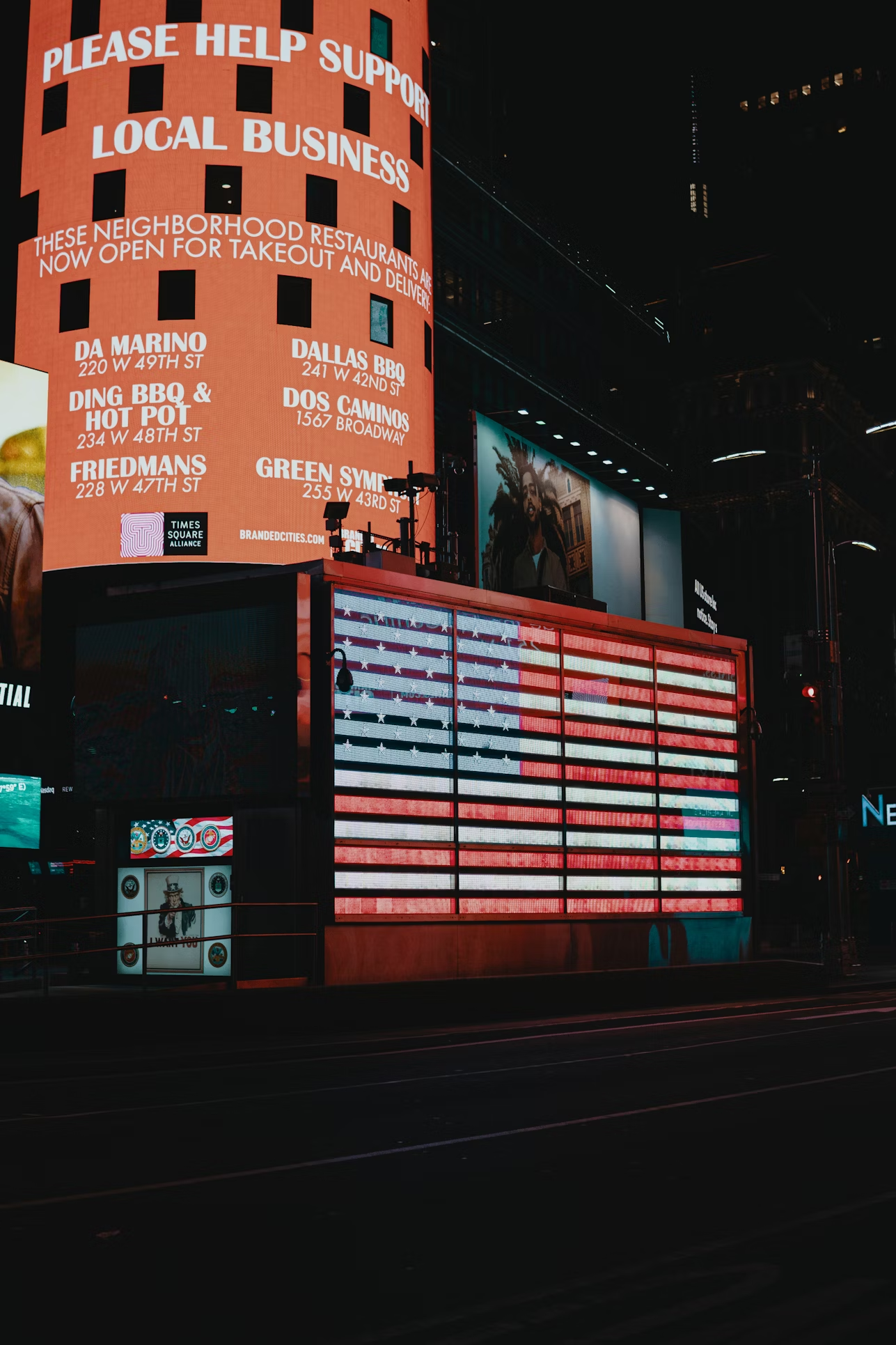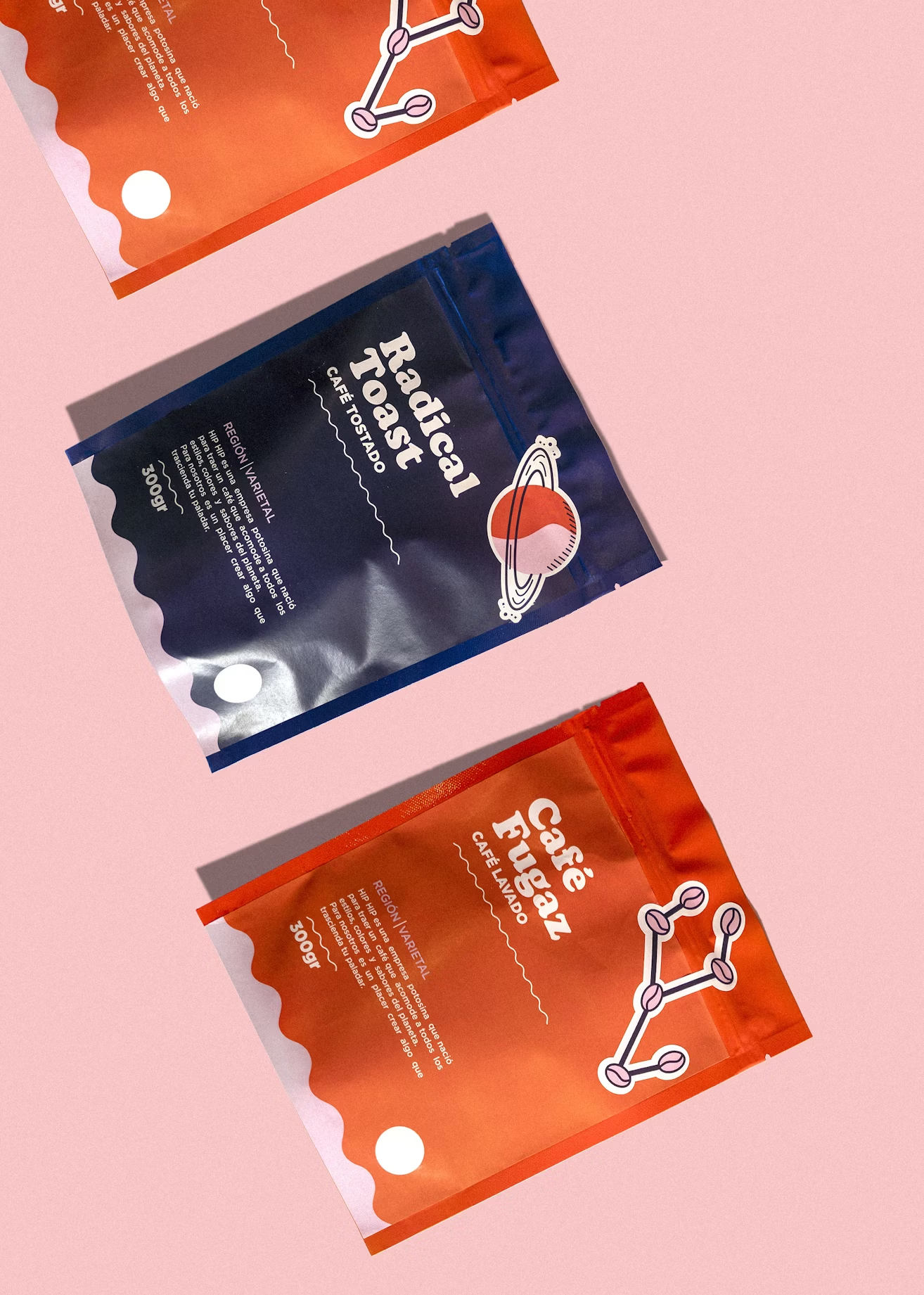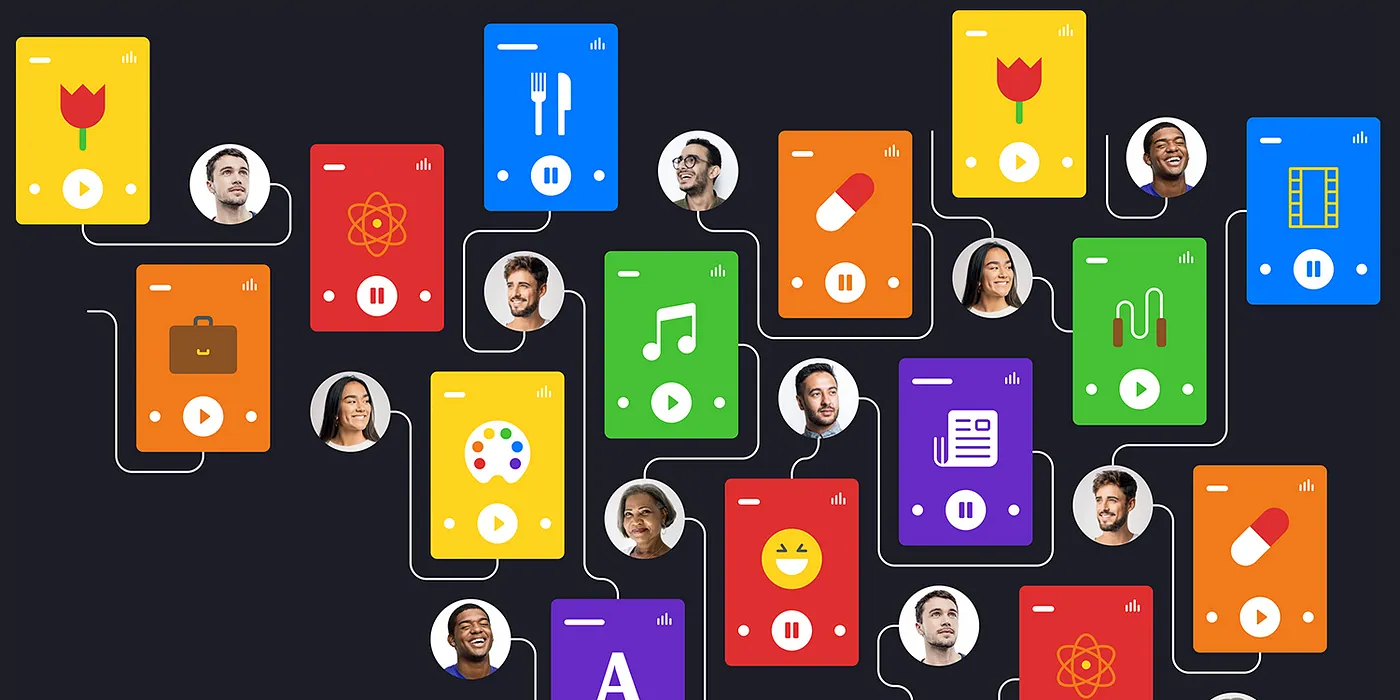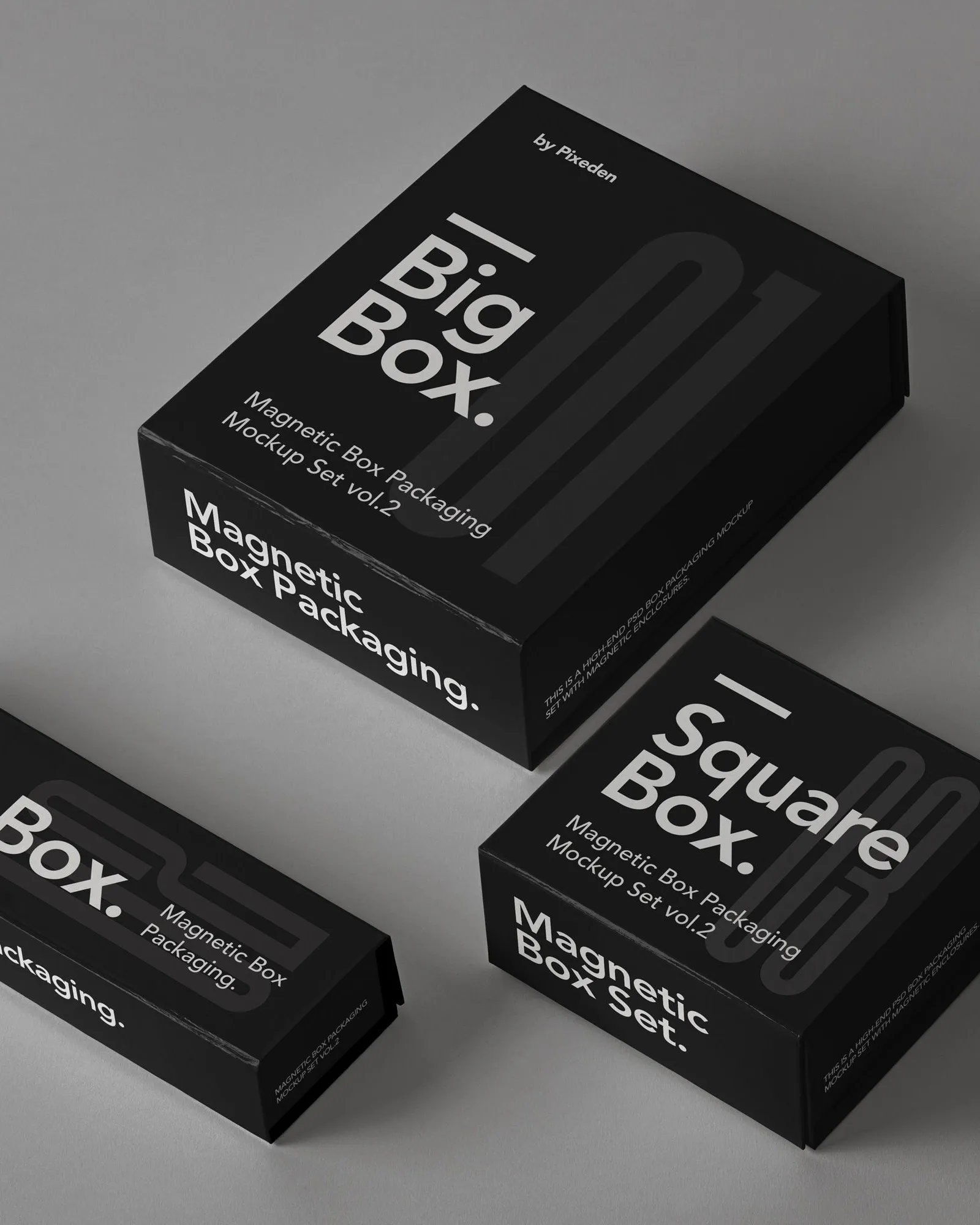


One hundred.
It’s a strange number. It feels both immense and surprisingly small. A hundred campaigns means hundreds of briefs, thousands of creative assets, millions of impressions, and countless hours spent wrestling with that single, terrifying question: Will this work?
Over the last decade, I've had the privilege of leading the strategy and execution for over one hundred multi-channel campaigns for some of the world's most interesting brands, from global giants like Yelp and IAC to nimble startups like Moonbeam. I've seen campaigns go viral with a shoestring budget and I've seen multi-million dollar initiatives fall completely flat. I've lived through the shift from desktop to mobile, the rise of video, the explosion of the creator economy, and the relentless march of data into every corner of the creative process.
Through it all, I've found that while the platforms change, the pixels shrink, and the algorithms evolve, the core principles of what makes a campaign truly work—what makes it connect, resonate, and drive real results—have remained remarkably consistent.
These aren't hacks or trends. These are the five enduring, hard-won lessons that I've carried with me from a hundred different battlefields. They are my personal playbook for building campaigns that last.


The most common mistake I see is the "more" trap. More channels, more features, more messages, more deliverables. We're so afraid of missing an opportunity that we try to be everything to everyone, and we end up being nothing to anyone.
A great campaign is not defined by what it includes, but by what it bravely chooses to exclude.
My first job on any new campaign is to force a ruthless prioritization. The most powerful tool for this is the "Single Most Important Message" (SMIM) exercise from my creative brief template. It's a painful process. Teams will fight to cram in three, four, or five messages. But the truth is, your audience will only ever remember one thing, if you're lucky. Your entire campaign must be engineered to deliver that one thing, flawlessly.
In Practice: The Yelp "Local Business of the Year" campaign had a dozen potential messages: "Use our app," "Support local," "Vote for your favorite," "Discover new places." We chose to focus every ounce of our energy on a single, unifying narrative: "Celebrate the heart of your community." This clarity of purpose is what allowed the campaign to cut through the noise and deliver over 30 million impressions. Strategy isn't about having more ideas; it's about having the courage to commit to your best one.
Every company wants to be the hero of the story. They want to talk about their innovative features, their brilliant founder, their market-leading position. This is the fastest way to make your audience's eyes glaze over.
The single biggest mindset shift any marketer can make is to realize: Your brand is not the hero. Your brand is the mentor.
Like Yoda, or Haymitch, or Gandalf, your brand's role is to give the hero (your audience) the tools, the wisdom, and the confidence they need to solve their own problem. The story is about their journey, not yours.
In Practice: When we built the brand voice for the creator platform Moonbeam, we explicitly defined ourselves as a "passionate peer," not a "condescending guru." Our messaging shifted from "Look at our cool platform" to "Here are the tools you need to find your next great collaborator." This empathetic shift, which centered the user's journey, was the foundation for the work that ultimately increased platform retention by 30%. Stop talking about yourself and start talking about your audience's potential.


A multi-channel campaign is not one idea blasted across five different platforms. It is one core idea, fluently translated into five different native languages. The most common sign of an amateur campaign is seeing the exact same copy and creative on Instagram, LinkedIn, and a banner ad.
Every platform has its own unique culture, grammar, and expectations. A successful campaign respects this.
In Practice: A core part of the "Creative Operating System" I built at Yelp was creating channel-specific asset checklists. For any given campaign, we didn't just have a single "creative" task. We had sub-tasks for "Instagram Carousel," "Twitter Thread," and "LinkedIn Article." This forced our team to think natively about the story on each platform. It's more work upfront, but it's the difference between a campaign that feels like an organic part of the culture and one that feels like an unwelcome advertisement.
This is the lesson that can save you the most pain. The success of a major, cross-functional campaign is determined long before the public ever sees it. A chaotic, misaligned internal launch will almost always lead to a chaotic, underperforming external launch.
Before you show your work to the world, you must successfully "launch" it to your own company.
In Practice: The seamless execution of our big campaigns at Yelp was a direct result of the operational rigor we applied internally. The "Creative Operating System" was as much an internal marketing tool as it was a project management system. By ensuring that Product and UX were involved from the very first briefing, we eliminated the last-minute surprises that so often derail major launches.
In the modern marketing world, we are drowning in data. We can track every click, view, and conversion. But data alone is meaningless. Data can tell you that one ad beat another by 12%. It can't tell you why.
The most valuable skill for any creative leader today is the ability to be a "Data Storyteller." It's the ability to look at a spreadsheet of numbers and see the human story behind it.
A hundred campaigns is enough to see a dozen trends come and go. But the enduring lesson is this: technology and tactics will always be in flux, but the fundamentals of human connection are timeless.
A clear strategy, an empathetic focus on the audience, a respect for the medium, a disciplined process, and the ability to find the story in the data—these are the principles that have driven success time and again. They are the blueprint. And they will be just as true for the next hundred campaigns as they were for the first.
'The Creative Brief Template I Use on Every Single Project.'
See what our satisfied clients say about working with us.

Our proven process ensures successful outcomes and client satisfaction every time.



